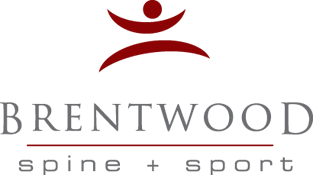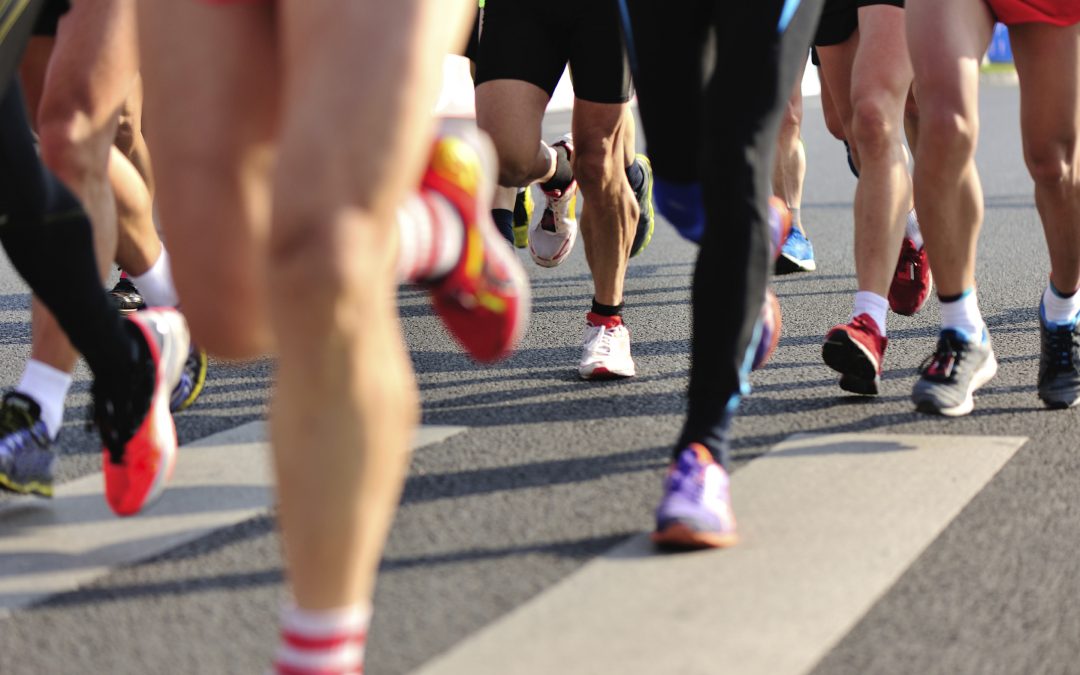Our bodies have an incredible ability to communicate with us when there’s a problem, the challenge becomes slowing down long enough to interpret its signals.
The most obvious signal is pain.
Pain is the body’s way of saying “stop.”
The challenge becomes heading our body’s advice when we have jobs to perform, families to take care of, races to train for, and life responsibilities to tend to.
Here are my top tips for resolving pain:
1. Stop
If it causes pain when you do that thing, stop! This is probably the most difficult and obvious advice to follow, but the most important. I get it, I have life responsibilities too that I am obligated to fulfill pain or no pain. And you can take pain relievers, though I’d recommend against that (read more about the problems with NSAID’s here). Or put a brace on it, but that weakens some muscles while causing overuse from overcompensation on other muscles. Plus masking the pain and continuing on with your daily activities can exacerbate your problem or cause additional pain points.
So the best advice for pain is listening to your body’s cry to stop.
2. Get it assessed
Proper evaluation of the problem can help prevent further injury. Often when we have pain we overcompensate and cause additional injury by favoring the healthy side. And often the spot you’re experiencing pain isn’t the source of the injury. For example a tight IT band can quickly become a knee injury, but when the knee pain becomes so intense it’s difficult as the person in pain to properly identify the source of the pain. Just because you feel pain in a specific area doesn’t mean it’s the source of the problem. Proper assessment and diagnostics should be run to identify the root of the pain.
3. Reduce Inflammation
With today’s lifestyle, it’s difficult to avoid an inflammatory state. Between stress, environmental toxins, poor postural habits (smartphone and desktop necks), poor food choices we tend to live in a state of habitual inflammation. Reducing your toxin load by cleaning up your diet and anything you put in and around your body, including how your manage your stress, can go a long way to helping reduce your body’s inflammation and reduce your chances of pain and injury. You can download our FREE Anti-Inflammatory Diet guide here.
4. Myofacial Release
Overuse of muscles can create tightness that lead to injury. And that doesn’t just happen from running too many marathons. Muscles can become tight and painful from the way you check your phone all day or inch your neck towards your computer all day. Active Release Technique (ART) and Graston Techniques are special modality that releases scar tissue that cause pain and dysfunction. Foam rolling and stretching can be helpful as well, but for chronic scar tissue build up, ART and Graston are the most impactful.
5. Rehabilitate
Once the root of the pain is identified designing a rehabilitation program is the next step in recovery. Injuries can occur from overuse and weakness in complimentary and and antagonist muscles. Strengthening the muscles that surround a pain point can help expedite your healing.
To learn more about my practice and all the ways I can help you alleviate your pain, contact me here to set up an appointment.

